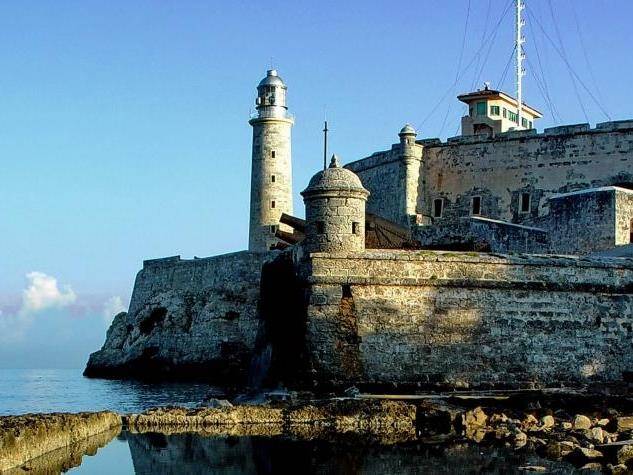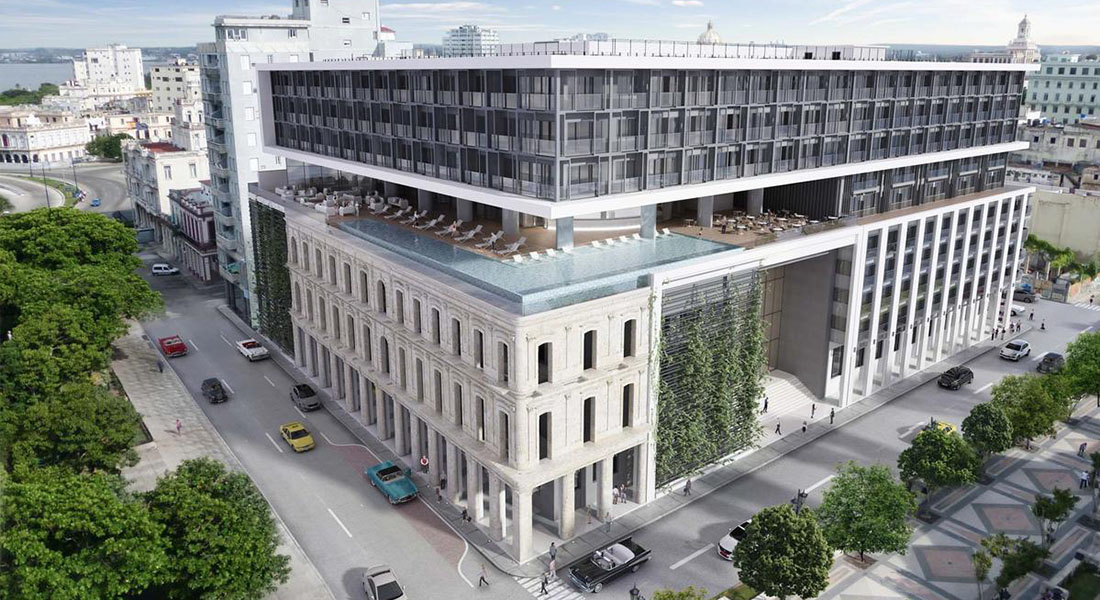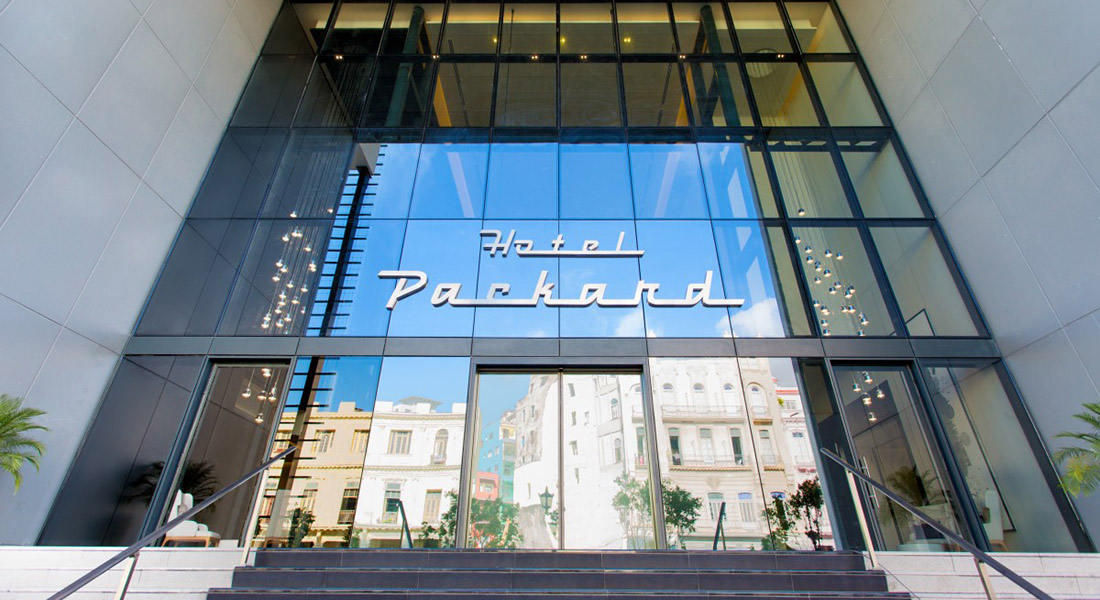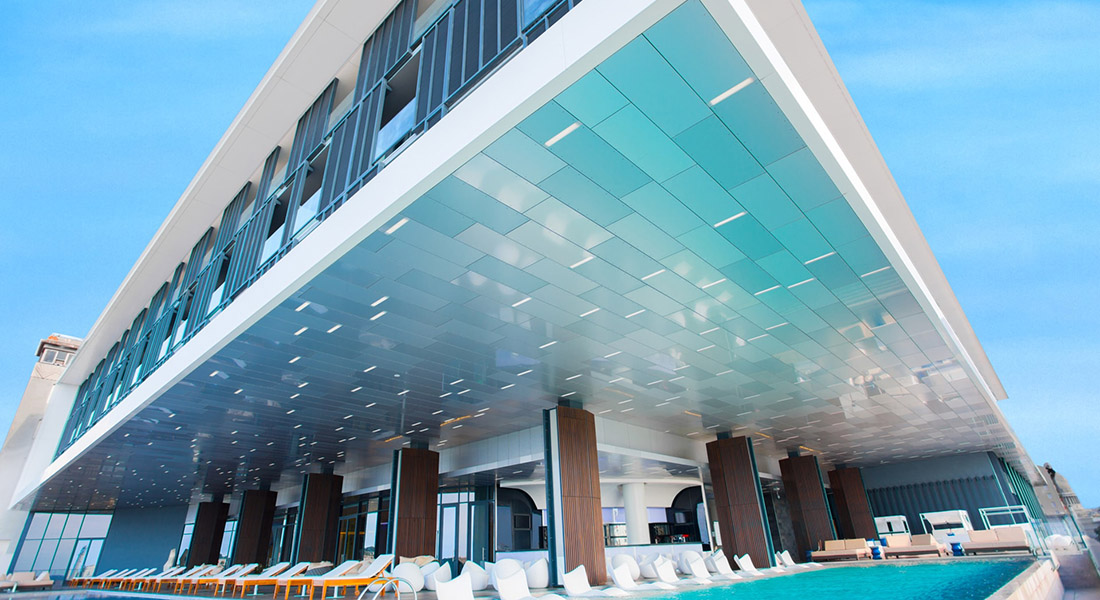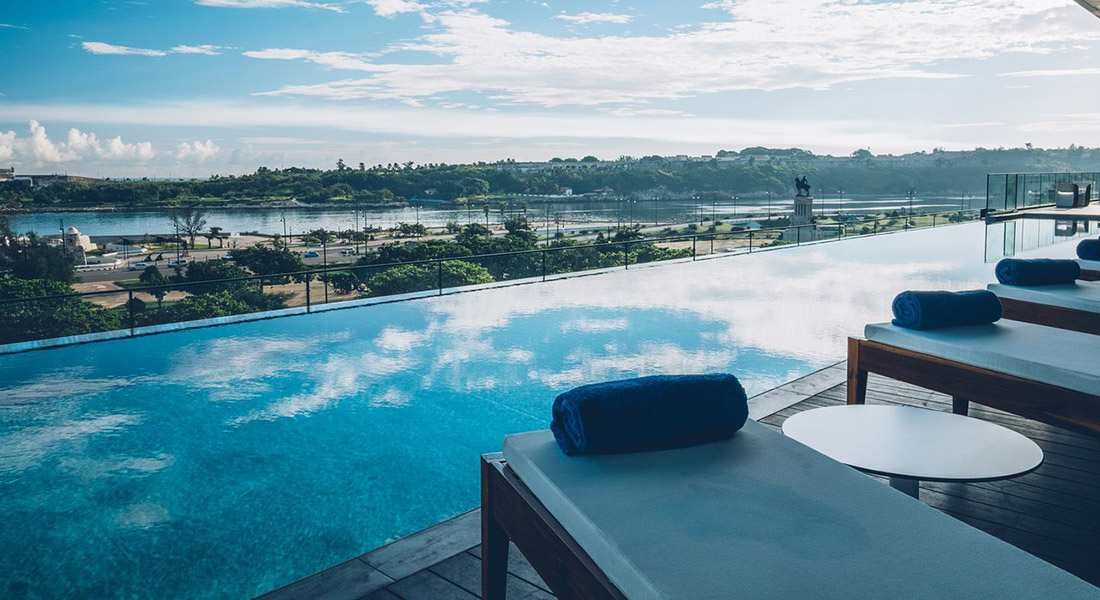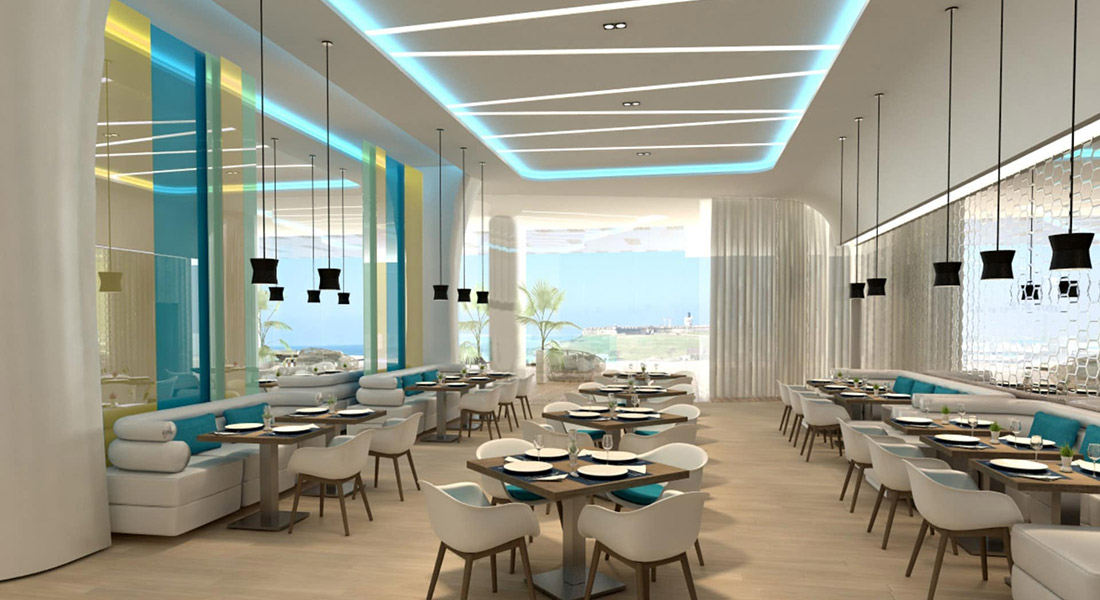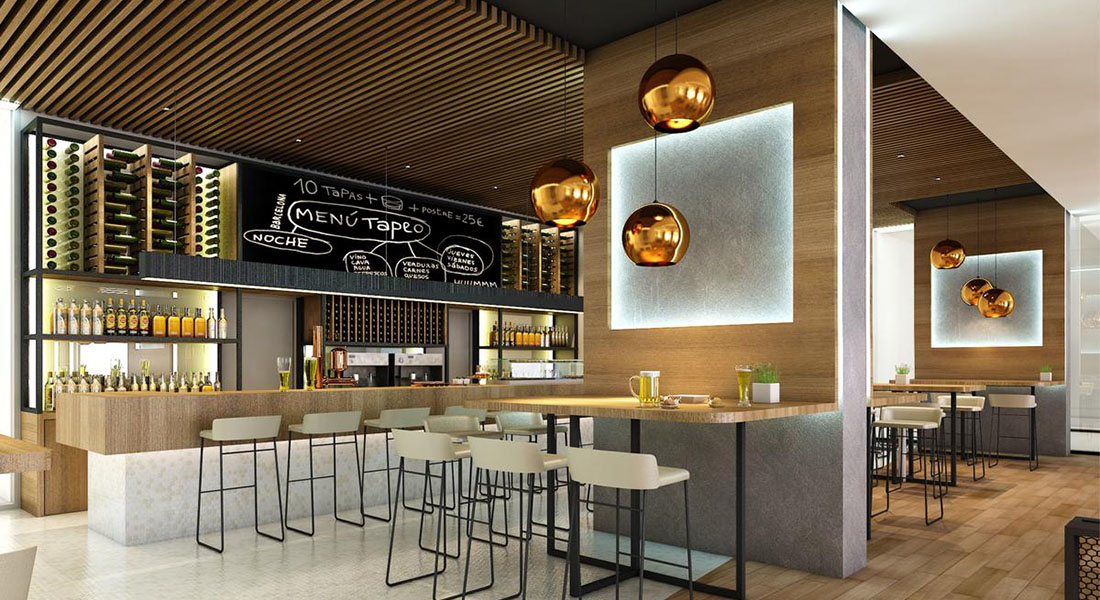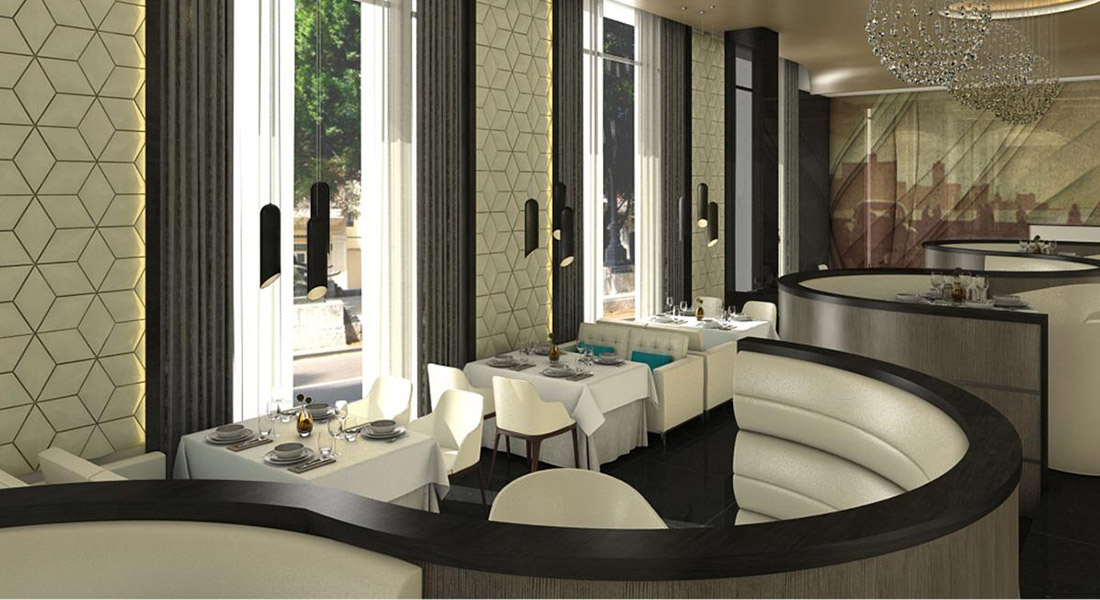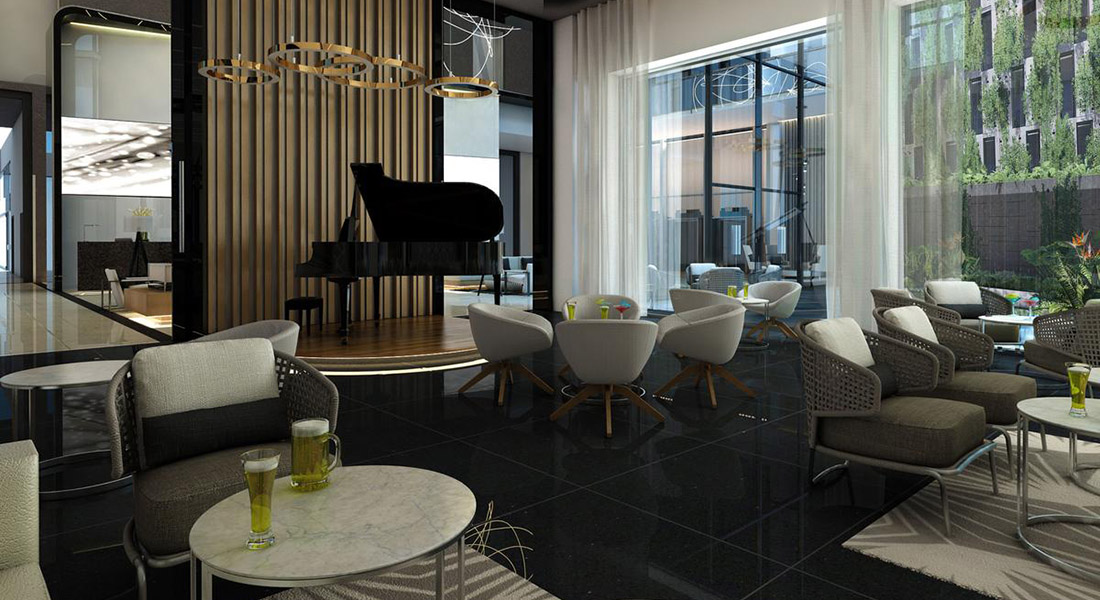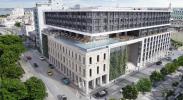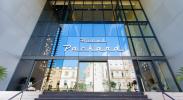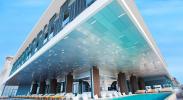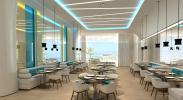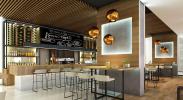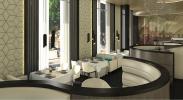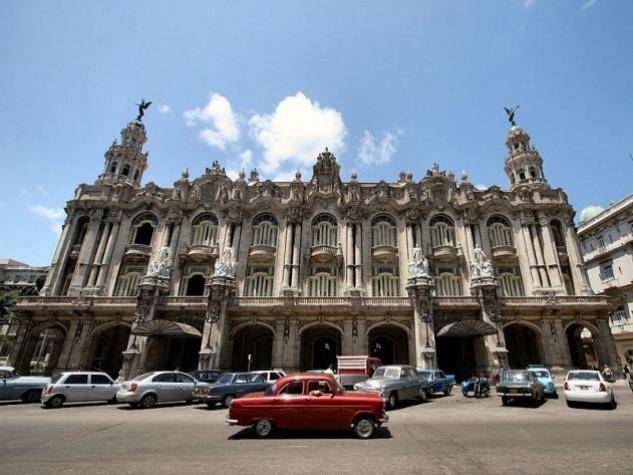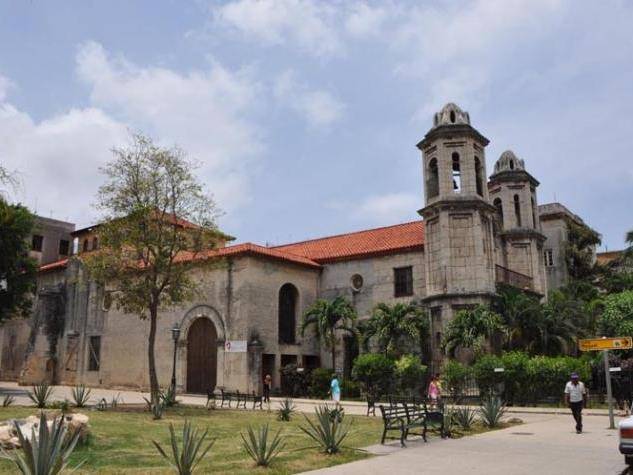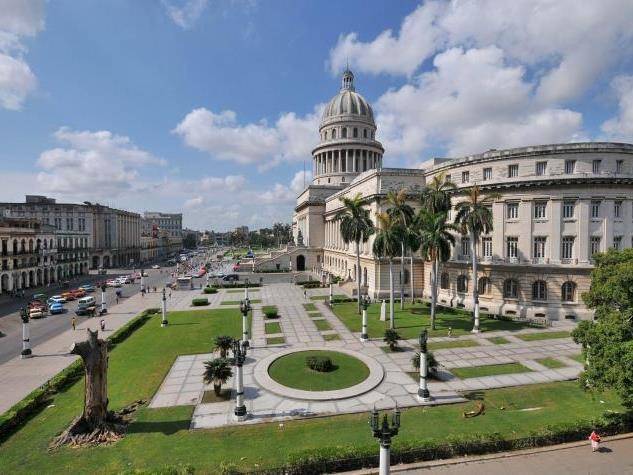About
Iberostar Grand Packard
In the emblematic Paseo del Prado, and next to famous buildings such as the Palacio Velasco or the National Capitol Building, one of the best hotels in Havana awaits you: The new 5 star hotel Iberostar Grand Packard.
Enjoy the most exclusive services and discover how time stops in the streets of the old Town, which is full of authentic colonial architecture and antique cars. Relax in Old Havana's bars.
The old town, declared a World Heritage Site by UNESCO in 1982, is an ideal place to try the excellent Creole cuisine, a mojito or stale rum. Meanwhile, the Floridita or the Bodeguita of the middle are among the bars of the area.
A luxury hotel with all the services you need. 321 rooms and suites to relax. You can choose between our rooms. Standard, Minisuites, Junior Suites and Suites However, if you are looking for something even more exclusive, choose a room in the Star Prestige area, which is located in a separate part of the hotel and offers many special services.
You cannot leave the Iberostar Grand Packard hotel without seeing the sunset from Havana's seafront. Enjoying one of the most beautiful sunsets in the Caribbean. Magnificent scenes with fishermen at work, children playing in the waves and numerous street groups that enliven the end of the day with their music.
